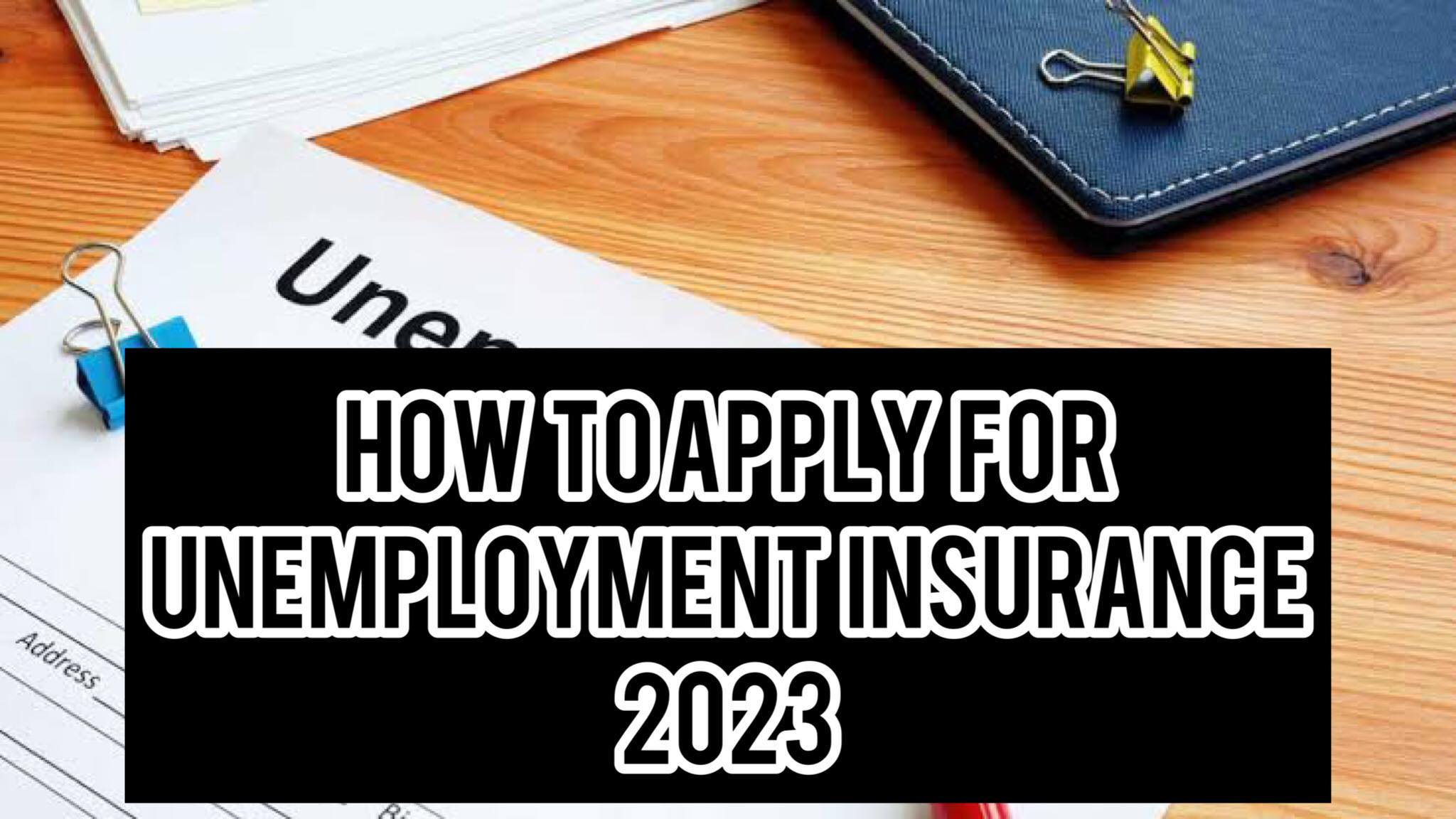Record numbers of newly unemployed persons applied for unemployment insurance (UI) to assist them pay their bills as states and businesses closed as a result of COVID-19. The U.S. Department of Labor (DoL) reported that 6.6 million new benefit claims were filed in the week ending March 28, 2020, up from 3.3 million the week before.
Nonetheless, the DoL claimed that 207,000 workers applied for unemployment benefits in their home states for the week ending January 1, 2022. And the unemployment rate fell to 3.9% in December 2021, which is nearly the pre-pandemic level of 3.5% in the third quarter of 2019.
Here’s a look back at how the government assisted jobless people during the first two years of the pandemic, as well as some fundamentals about how unemployment is being handled.
Labor Department Guidance
The Labor Department issued guidelines in 2020 to give states more latitude in how they handled unemployment insurance administration. On March 27, 2020, President Donald Trump signed the $2 trillion Coronavirus Assistance, Relief, and Economic Security (CARES) Act, which increased unemployment benefits for Those who had been impacted by the coronavirus pandemic.
Two further legislation signed by Presidents Trump and Joe Biden after he took office further extended these provisions.
For instance, federal unemployment benefits like Pandemic Unemployment Assistance (PUA), Pandemic Emergency Unemployment Compensation (PEUC), and Federal Pandemic Unemployment Compensation (FPUC) were extended for 11 weeks until March 14, 2021, under the COVID-19 relief package signed into law by President Trump in December 2020.
The availability of PUA, PEUC, and FPUC was extended through September 6, 2021, according to the American Rescue Plan Act of 2021, which was signed into law by President Biden on March 11, 2021.
Unemployment Insurance in 2020 and 2021
The CARES Act increased the maximum benefit amount that individuals could receive, prolonged benefits, and made unemployment insurance available for demographics of people who would not normally be eligible for UI, such as independent contractors.
Even though they submitted income taxes, undocumented workers were not eligible for CARES Act benefits. Anyone filing a tax return jointly with an unauthorized immigrant was also not eligible. This meant that the entire family was ineligible in families where only one person files using an individual tax identification number (ITIN).
To fill the gap, certain states and communities stepped up to offer assistance to unauthorized immigrants. Examples of cities that set aside money to provide one-time relief payments to illegal employees impacted by the COVID-19 situation include Austin, Minneapolis, New York, Seattle, and Washington, D.C.
After the Consolidated Appropriations Act and the American Rescue Plan Act of 2021 were passed, the CARES Act’s provisions and benefits were extended. There were numerous programs, which include:
Federal Pandemic Unemployment Compensation (FPUC): Over a period of four months, unemployment payments were augmented with an additional $600 per week under the Federal Pandemic Unemployment Compensation (FPUC) program. This was applicable to people who qualified for benefits under the next two schemes (PUA and PEUC). Presidents Trump and Biden both extended the supplement twice, reducing the amount to $300 each time. The FPUC was set to expire on September 6, 2021, however 26 states decided to withdraw from the program before that day.
Pandemic Unemployment Assistance (PUA): In accordance with the CARES Act, individuals who are self-employed, independent contractors, looking for part-time work, do not have a sufficient work history to be eligible for state unemployment insurance benefits, or who would not otherwise be eligible for benefits under state or federal law, may apply for unemployment insurance under the PUA program.
Individuals had to self-certify that they were able to work, that they were available for work, and that they were unemployed, only partially employed, unable to work, or that they were not available to work due to one of the several COVID-19-related circumstances. According to the American Rescue Plan Act, the PUA program ended on September 6, 2021.
You were qualified for an additional 13 weeks of unemployment insurance benefits under the CARES Act’s Pandemic Emergency Unemployment Compensation (PEUC) program. You have to be able to work, accessible to work, and actively looking for job, though. If an applicant’s capacity to find employment was impacted by COVID-19, states were required to grant leniency to applicants in achieving PEUC eligibility standards relating to “actively pursuing work.”
When the CAA was agreed upon in December 2020, that 13-week timeframe was increased to 24 weeks. The American Rescue Plan of President Joe Biden extended the PEUC program by 29 extra weeks for a total of 53 weeks. On Sept. 6, 2021, the PEUC program came to an end.
Also Read: Liability Insurance
How Unemployment Insurance Is Administered
The nation’s unemployment insurance program is administered by the many states, each of which typically determines its own qualifying requirements, benefit levels, and method of payment. It is nevertheless controlled by the federal government, which also covers administrative expenses.
Most states typically offer jobless individuals up to 26 weeks of benefits to replace approximately half of their prior pay, up to a maximum benefit amount. State-by-state variations in unemployment compensation are significant. The minimums and maximums for a given week range from $5 in Hawaii to $188 in Washington, and from $235 in Mississippi to $823 in Massachusetts.
Application Procedure for Unemployment Insurance
You must adhere to the requirements set forth by your state in order to submit an application for unemployment insurance. You may submit a claim in person, online, or over the phone, depending on the state. Your Social Security number, contact information, and specifics about your previous work are required when you submit a claim.
No matter where you live, you must follow a few basic procedures in order to apply for unemployment insurance, even if each state has its own eligibility requirements. Make sure you have all the necessary documentation before you apply. Prepare to provide your Social Security number, address, and phone number. The names, addresses, phone numbers, and employer identification numbers (EIN) from the last 18 months must also be provided. You must submit your work dates as well as your wages for the last 18 months (as seen on W-2s and pay stubs).
You can apply for your benefits online after you have all the required information. You must submit your application in the state where you work, not where you reside. Hence, you must apply for unemployment benefits in New York State if you live in New Jersey but work in New York.
If Your Former Work Is Offered to You Again, Be Wary
The additional payments made during the time that the federal government gave pandemic help meant that many workers made more money being unemployed than they did working. There were rumors that this situation might drive companies to fire employees or discourage employees from going back to work once firms reopened following lockdowns. Yet, research has shown that none of these conjectures is accurate.
Companies that were granted debt forgiveness via the Paycheck Protection Program (PPP) have pushed for clarification on whether this loan forgiveness would be lost if laid-off workers declined to return when given the opportunity to take up their previous positions. This wouldn’t happen, according to the Treasury Department’s FAQ, if they made a good-faith written offer to rehire a laid-off employee (same hours, same pay), and they have proof that the individual rejected the offer.
Is the Federal Government Still Providing Workers With Extra Pandemic Unemployment Assistance?
No, with the different statutes signed by Presidents Trump and Biden, all programs for employee pandemic aid have come to an end. The CARES Act first boosted benefit amounts, lengthened benefit periods, and made unemployment insurance available to groups of people who would not otherwise be eligible for it. These benefits were all extended under the American Rescue Plan Act and the Consolidated Appropriations Act, however they all came to an end in early September 2021.
Can Part-Time Employees Receive Unemployment Insurance?
It is possible to work part-time and get unemployment benefits, but it depends on your circumstances and the state in which you reside. For example, if a firm is sold or reorganized, most states offer compensation to those who, through no fault of their own, have their hours decreased. And many will offer unemployment insurance (UI) to those who lost their jobs and took up one or more part-time jobs to make up for their lost income. To learn the regulations, contact the department of labor in your state.

Sage is a financial/consumer journalist and senior editor, personal finance, of TrendsHQ. EXPERTISE: Personal Finance, Careers, Jobs, Scholarships, and Entertainment.
